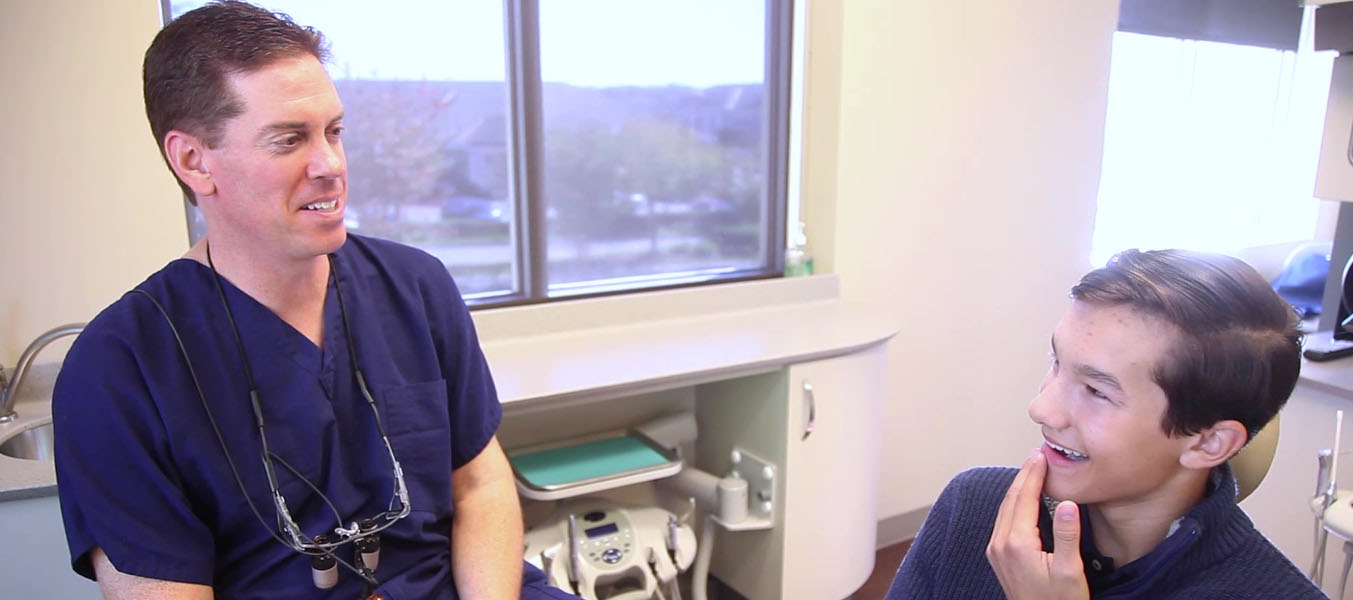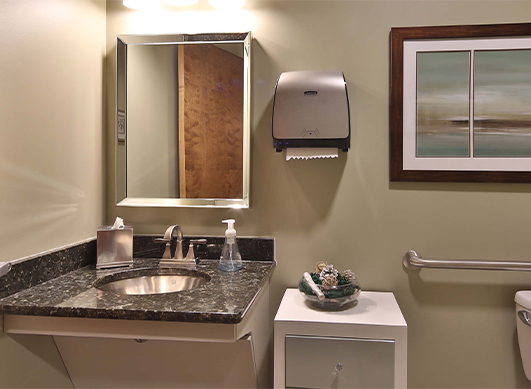Welcome to Darren G. Koch, DDS
A Note from Dr. KochI truly love my job. How many people can say that? I consider myself fortunate, and I am blessed to have a team who joins in my passion for providing every nearby patient with an unmatched level of care and compassion. We know many people do not like visiting the dentist – and are even scared to do so. Therefore, my clinical expertise is only a small part of my commitment to each patient. My primary job is to educate... to motivate... to get you to take care of your teeth and to work with us in creating beautiful, healthy smiles that build confidence and self-esteem. Whether you’re interested in visiting us for a routine checkup, Invisalign , or emergency dentistry , we look forward to providing you with the exceptional care you deserve as well as your best smile yet.
 Darren G. Koch, DDS, PA
Darren G. Koch, DDS, PA
is a Conversation,
Not a Dictation.
"I've been coming here for 35, almost 40 years. Dr. Koch is very clear with talking you through what you need. I guarantee you will be happy with your results."
Phil Dental Patient
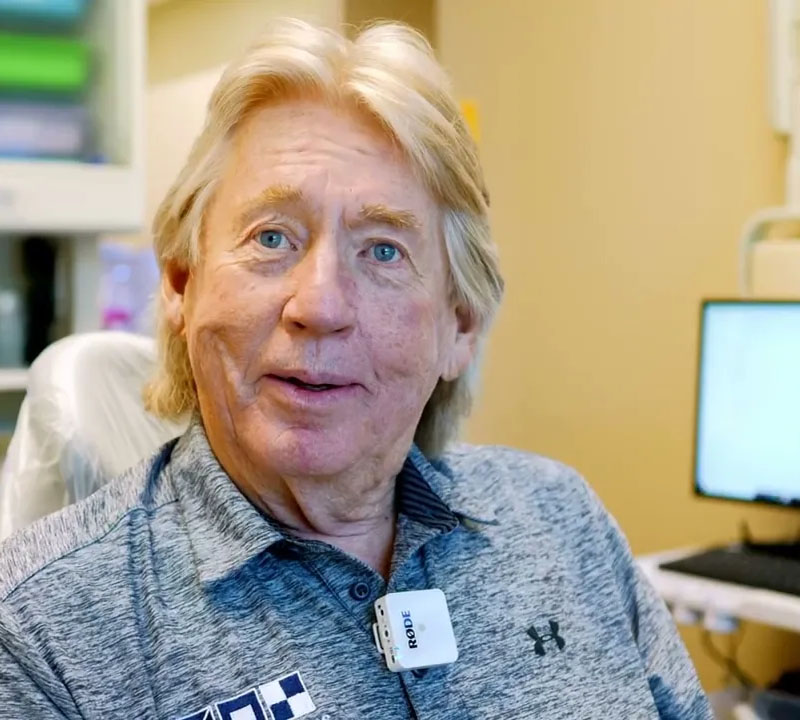

"Dr. Koch and his team here are wonderful to work with. They answer my questions, they have provided exactly what I need to keep my dental healthcare great."
Donna Dental Patient
Our Dental Treatments
How CanWe Help
You Smile?
Our Comprehensive Dental Services
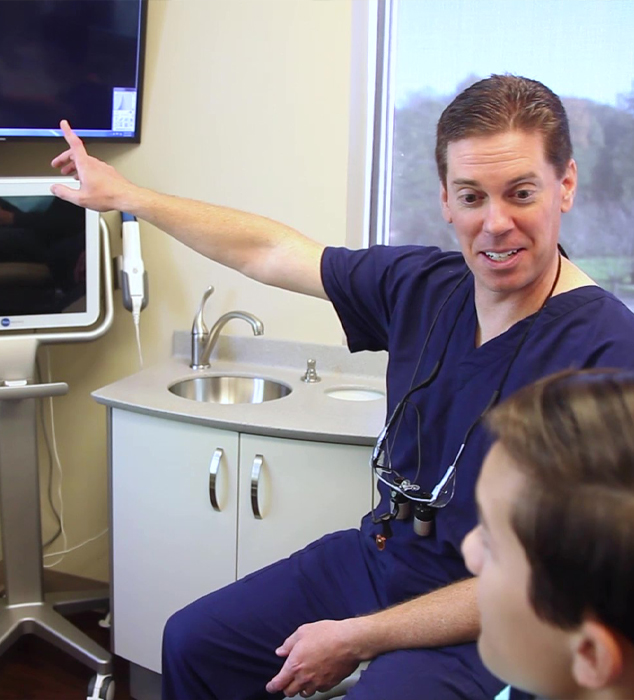
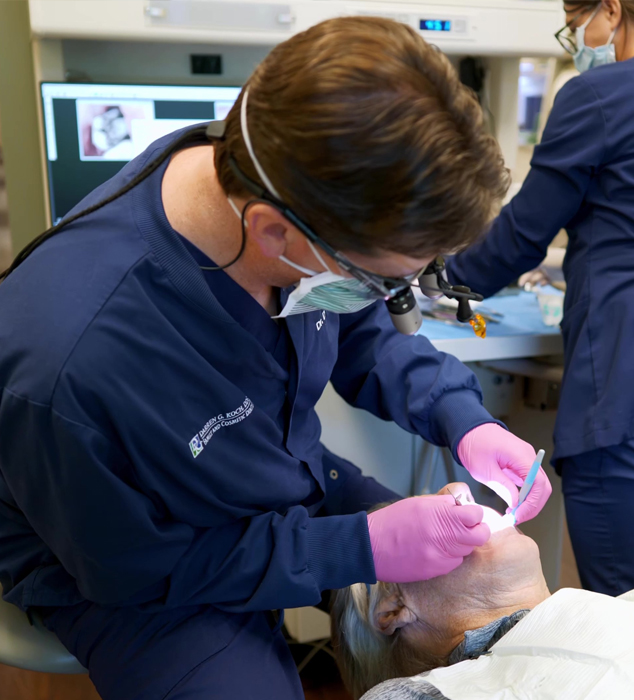
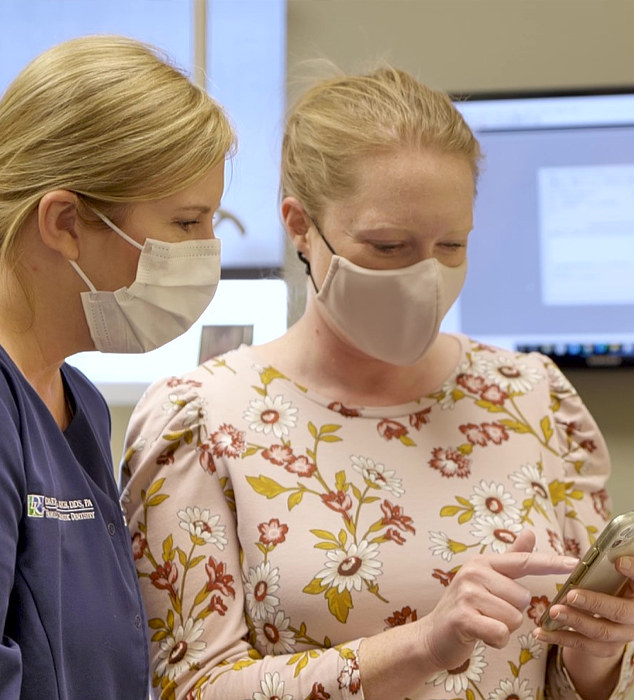
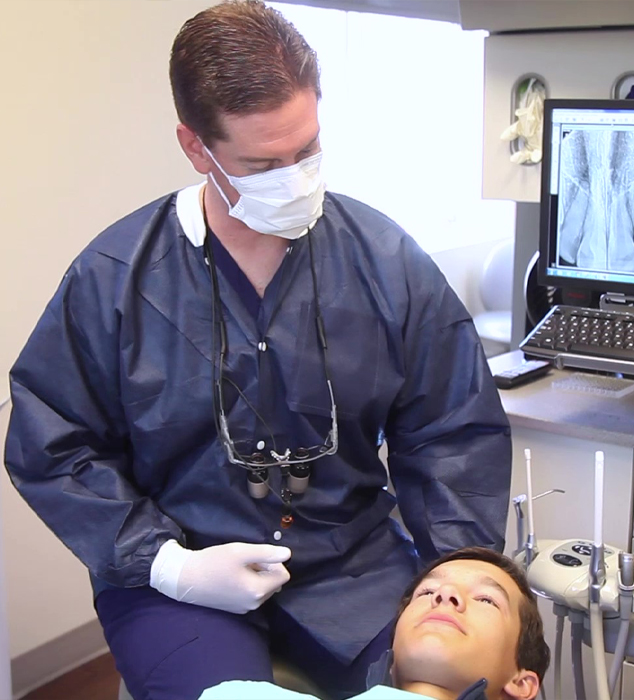
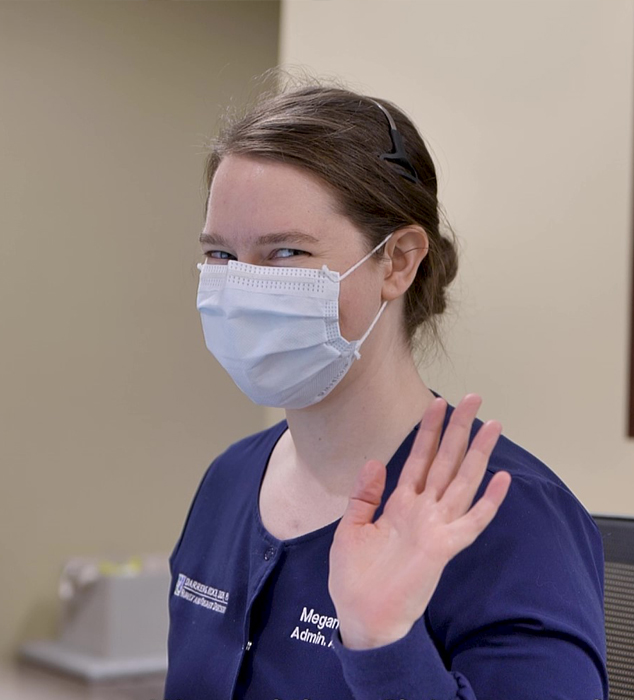
DENTISTRY MADE AFFORDABLE
Diana makesit Easy
Our dental office welcomes most dental insurance plans, and Diana is here to help you understand your benefits. No insurance? Join our In-House Membership Plan for as low as $44/month!

AND FINANCING AVAILABLE
We know dental work can be costly, which is why we help to maximize your dental insurance benefits, offer financing, and have an in-house membership plan for individuals without insurance. Understanding the cost of dental treatment in Cary is the first step in making the necessary decisions regarding your dental health, so if you need assistance identifying a payment plan that allows you to stay within your budget or would like to participate in our membership program, we are ready to help you navigate the process. By choosing Dr. Koch as your Cary dentist, you can expect affordability, high-quality dental care, and a commitment to helping you save the most money – whether you’re visiting us for essential preventive care or to replace missing teeth .
Dental Office Tour
Modern& Relaxed
Top-Rated Cary Dentist
Over 300 5-Star Reviewson Google
“A lot of people have fears of the dentist... well, maybe they just weren't going to the right place? I've been going here since early childhood, and I've never had an issue. The staff are super friendly, and I basically grew up with them, so we catch up each visit. The cleanings are always efficient and painless, so I'm in and out and feeling pristine each time. And, they're always eager to answer any questions or concerns I have. Thank you for years of reliability!”
“Dr. Koch and his dental team are above and beyond. Great hands and skills and as comfortable as any dental procedure can be. Patient satisfaction is the primary goal for the entire office. If you want to get the best care and outcome that is available in this area, you need to make an appointment. I cannot recommend enough. More than 5 stars… I would give 10 if allowed.”
“I have been going to this dental office for more than 15 years – despite a move that is about 30 minutes away more than 10 years ago. I really appreciate their professionalism and low-pressure environment. They are experts at what they do, and you can be confident that you are getting an honest answer to your questions.Their COVID protocols are unmatched and I can tell that they really care about their clients. You won’t be disappointed!”
"My parents came, all my siblings, and now my sister's kids are here. And we'll have our kids here one day. I'd be happy to recommend Dr. Koch to anybody, especially for the whole family care."
Kemp Dental Patient
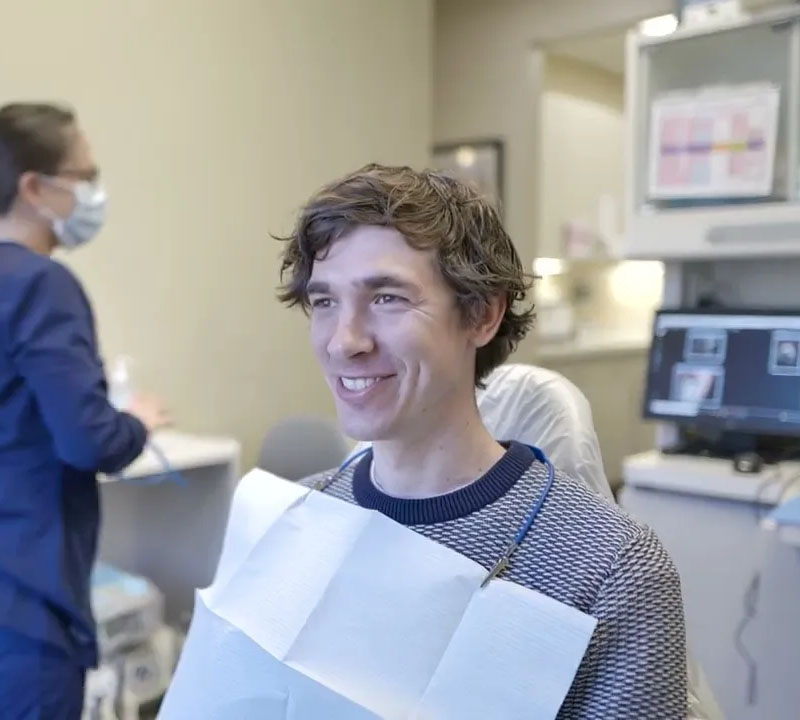

"They are such great people. I love visiting the office and all the friendly people here. If you're looking for a new dentist, he can take care of everything in one place.”
Laura Dental Patient
Frequently Asked Questions
We see many different kinds of patients on a regular basis, and that means that we also receive all kinds of questions. Naturally, we have heard some inquiries more than others, so we’ve addressed some of them in the following FAQs. We hope that you find our responses helpful, but bear in mind that you always have the option of calling our office near Apex if there is anything you want to know that isn’t discussed here.
How Do I Get Emergency Dental Care?
When you have an urgent dental problem, you should call our office immediately. A team member will assist you by giving you first-aid advice and scheduling an emergency appointment. In many cases, we should be able to see you on the same day as your call, meaning you can get the dental care that you deserve all the sooner.
We typically don’t recommend calling the ER for a dental emergency, as the doctors there are likely not prepared to handle oral health issues such as toothaches. There are exceptions, however; if your life is in danger for any reason (such as oral swelling that is making it difficult to swallow or breathe), you should contact the ER immediately.
How Do I Find the Best Place to Get Dental Work Done?
When comparing dental practices, you should look for a location that meets the criteria that are most important for you, such as accepting your dental insurance, being in an accessible location, and having a dentist with excellent credentials. If there’s a specific service you might need, such as gum disease treatment, you should check to make sure that the practice offers it. You can also see what sort of feedback past patients have left on the practice’s Google page.
How Much Does a Dental Checkup & Cleaning Cost in Cary, NC?
Dental checkups and cleanings are necessary for maintaining a healthy smile. But how much will each visit cost? The answer depends on a number of factors such as where the dental practice is located as well as how healthy your mouth is in general. Also, if you have dental insurance, your plan might partially or even fully cover the cost of a biannual preventive visit. Feel free to ask our team if you have any questions about how much your dental checkup and cleaning are likely to cost.
What is the Best Way to Find a Cosmetic Dentist?
Plenty of dentists offer teeth whitening and other procedures intended to enhance the appearance of the smile. But if you want the best results, you should try to find a dentist who has been specifically trained to perform cosmetic dental procedures. Dr. Koch is a member of the American Academy of Cosmetic Dentistry, and he is currently pursuing the accreditation process so that he can improve his ability to help his patients achieve the smiles of their dreams.
OUR DENTIST is LOCATED
NEAR YOU
Our Cary dental office is located at 100 Parkway Office Ct. Suite 204. We are conveniently located in Parkway Professional Park on the corner of Cary Parkway and Tryon Rd.






